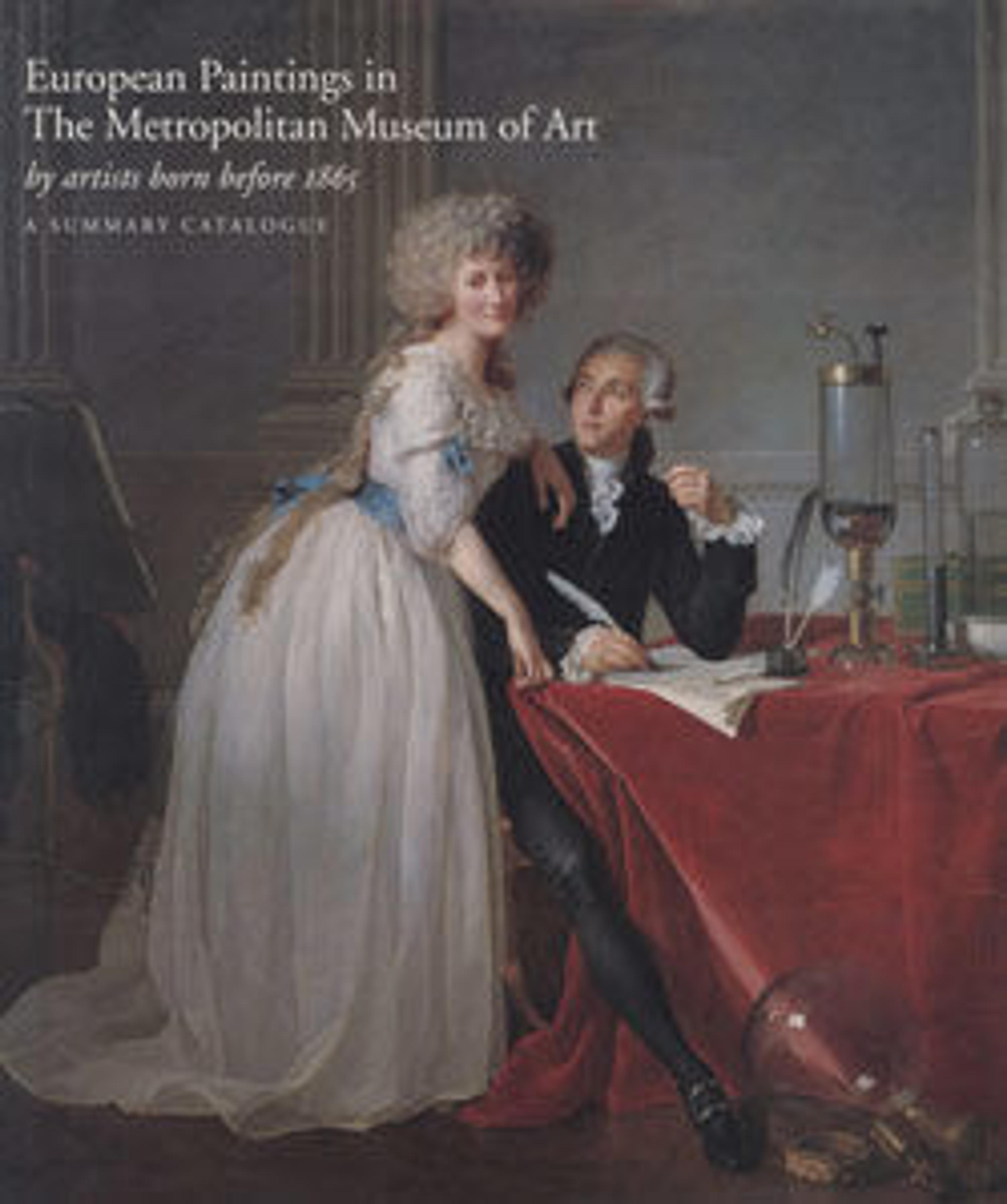Flora and Zephyr
The composition celebrates the end of winter through the union of Flora, Roman goddess of spring, and Zephyr, god of wind. Despite a preponderance of view paintings, Venetian artists specializing in figures—including Amigoni, Sebastiano Ricci, and Giovanni Pellegrini—also achieved international repute and received commissions throughout Europe. Amigoni painted this work in England, where he lived between 1729 and 1739.
Artwork Details
- Title: Flora and Zephyr
- Artist: Jacopo Amigoni (Italian, Venice 1682–1752 Madrid)
- Date: 1730s
- Medium: Oil on canvas
- Dimensions: 84 x 58 in. (213.4 x 147.3 cm)
- Classification: Paintings
- Credit Line: Purchase, Rudolph and Lentilhon G. von Fluegge Foundation Inc. Gift, 1985
- Object Number: 1985.5
- Curatorial Department: European Paintings
More Artwork
Research Resources
The Met provides unparalleled resources for research and welcomes an international community of students and scholars. The Met's Open Access API is where creators and researchers can connect to the The Met collection. Open Access data and public domain images are available for unrestricted commercial and noncommercial use without permission or fee.
To request images under copyright and other restrictions, please use this Image Request form.
Feedback
We continue to research and examine historical and cultural context for objects in The Met collection. If you have comments or questions about this object record, please contact us using the form below. The Museum looks forward to receiving your comments.
